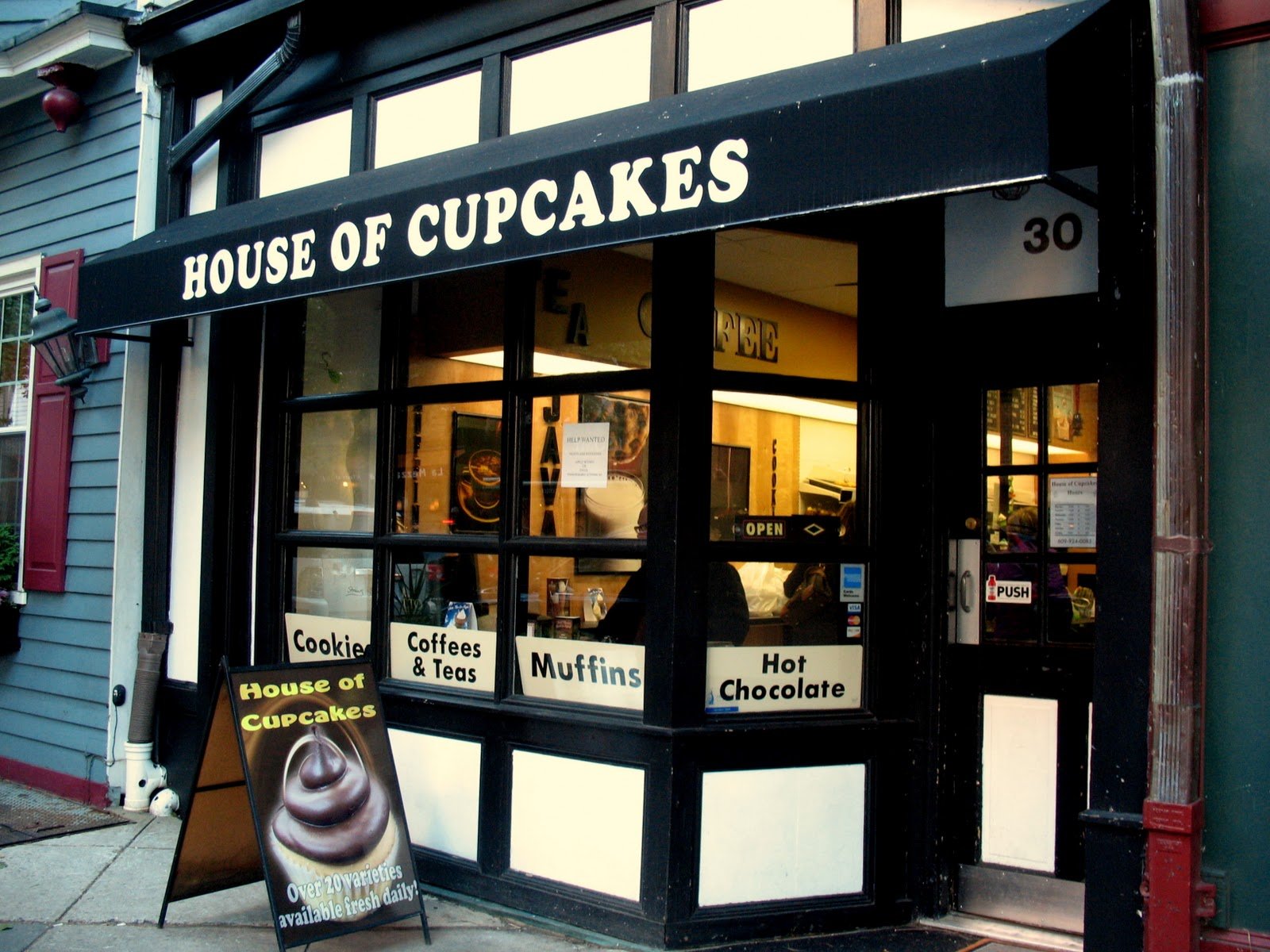Revenge of the Middle-Classes - conclusion to the first chapter of my unpublished book "New Bohemias: Artists, Hipsters & Gentrification"
This is the conclusion to the first chapter of my as yet unpublished book. I'd love to hear your thoughts about this chapter.
See previous posts for earlier sections...

House of Cupcakes.
CHANGING PLACES – FROM OLD BOHEMIAS TO NEW BOHEMIAS
REVENGE OF THE MIDDLE-CLASSES
Yet, one area that is often overlooked is the extent to which many of us are gentrifiers too. I’m the first to admit that I’m a gentrifier. Perhaps that’s the final irony of gentrification: Everyone’s A Gentrifier Nowadays. (Well, everyone who is relatively well-off or possessing reasonable amounts of cultural capital.) We are subjected to what John Joe Schlichtman and Jason Patch described as six interrelated pull factors: economic – affordability of housing, future value of (owned) housing and cost of living; practical – closeness to city centre and key facilities and larger houses; aesthetic – the appeal of architectural significance and its renovation; amenity – closeness to schools, parks, galleries, museums, shops, restaurants, cafés, etc.; social – diversity and a sense of community; and symbolic – the sense of “restoring” and “saving” a struggling community (Jane Jacobs did this – first in Greenwich Village, New York City; then in Toronto), maintaining its “heritage” and its “authenticity” (2013). Does this sound familiar? Much of it rings true about my life choices. Of course, it is also common for gentrifiers to settle-down, moving from gentrifying or newly gentrified neighbourhoods to traditional middle-class areas in search of good schools and gardens for their children. Yet even here it is likely that gentrifiers will search for a middle-class house in need of renovation or a house in a yet gentrified street within a middle-class area that also needs “improving” – both relative “bargains”. The improvements lead to further price rises in the already middle-class area and, in the case of the renovation of a house in one of the last working-class streets in a mainly middle-class area, it not only leads to property price and rent increases but also acts as a signal to other gentrifiers looking for a bargain to settle down in. Soon the entire area is middle-class and, with prices continuing to rise as properties are sold before for sale signs appear, these areas become more and more exclusive. The demands on the schools, public services such as street cleaning, and policing increase. These areas hoover up huge amounts of public resources at the expense of those with lower-incomes. Second-hand chic gives way to high-end unique. It is not long before such areas begin what Loretta Lees has described as the cycle of “supergentrification” (2003).
You see, we gentrifiers are flexible – we like a “challenge” and accept uncertainty – and we can deal with the inconvenience of gentrification, often understanding the process as “transitional”. But are the middle-classes or creative class in some way trapped in their roles as gentrifiers? Is, as Schlichtman and Patch wondered, the only hope for middle-class people in gentrifying areas either to get out to the suburbs (and become a different kind of stigmatised entity) or to stay and help the working-classes and “indigenous” people maintain their heritage, their authenticity? Is it now unethical for the middle-classes to try to live ethically, to care about living together within diverse communities? Likewise, is all art undertaken in gentrifying areas by anyone remotely middle-class or part of the creative class (i.e. an artist) likely to contribute towards gentrification and the displacement of “authentic” residents? No. It is time to realise that classes must be able to live and work together – not in segregation. It is important to realise that class dynamics can be incredibly divisive and increasingly difficult to reconcile, but it is equally important to understand that class dynamics can be a force for positive change: for social justice, equity and fairness; for community. Regulation and understanding are key here, not only for middle-class people living in or moving to gentrifying areas but also for artists working with lower-income and indigenous residents. It is only when middle-class people or artists exploit their situations, their privileges, their (relative) freedoms that other people are exploited. Perhaps, then, the notion of all middle-class people and artists as gentrifiers is unhelpful – an unfair oversimplification at best, a demonising slur at worst?
